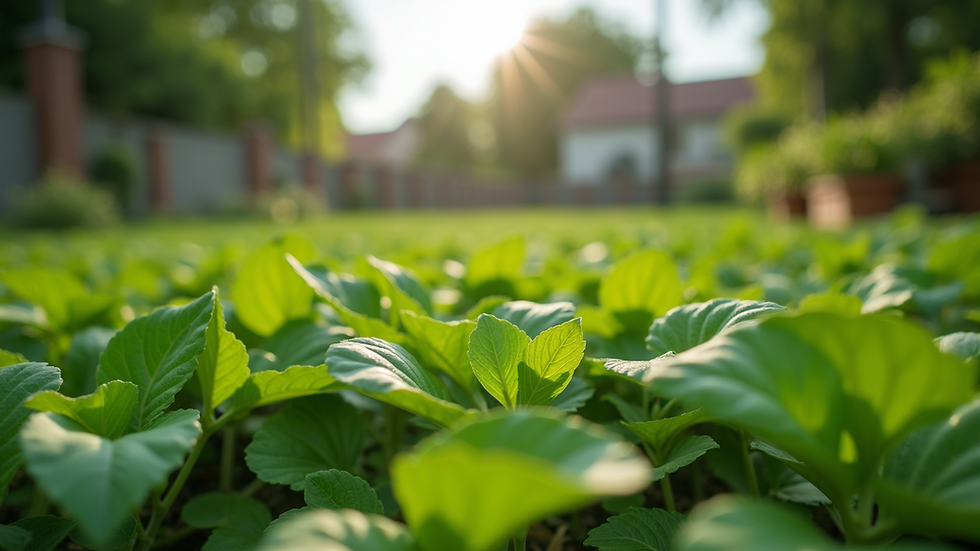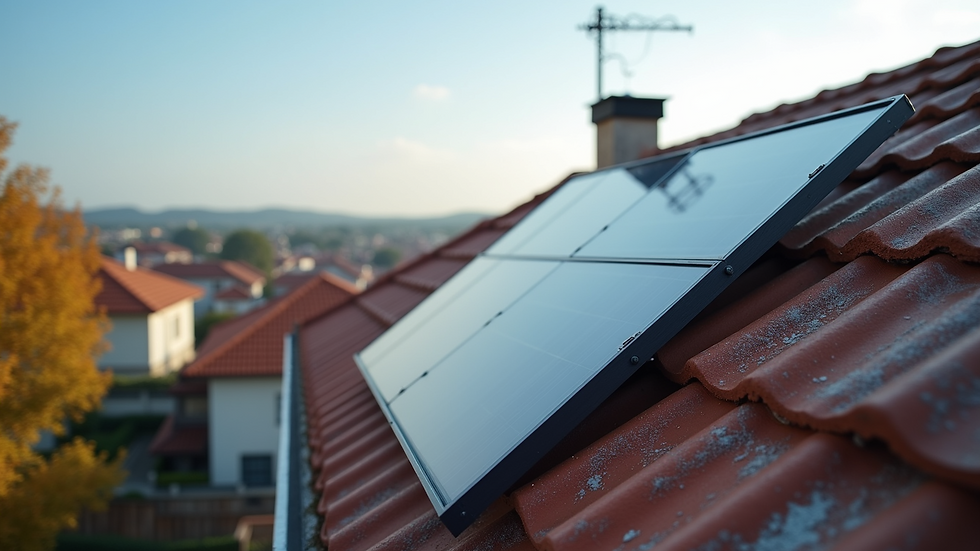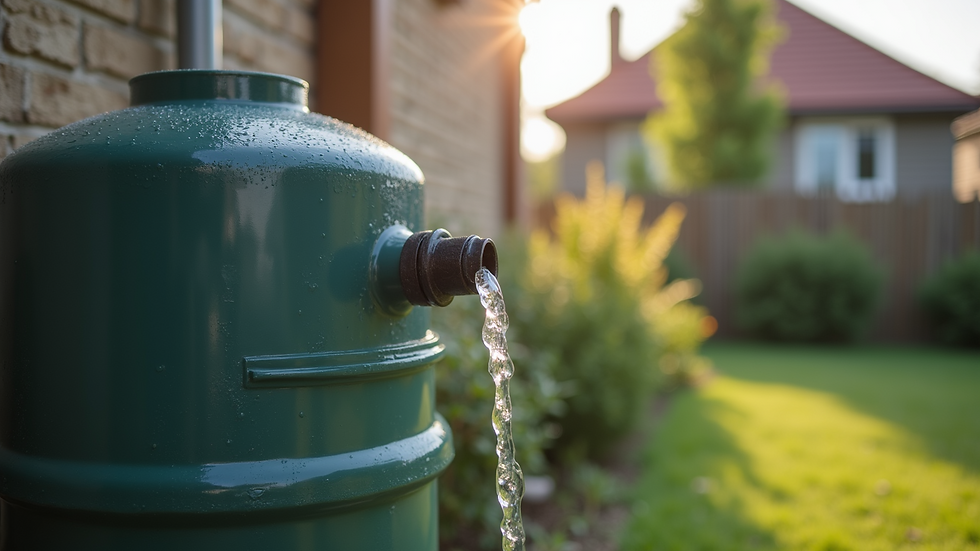Building Thriving Sustainable Communities
- Partha Bharadwaj
- 5 days ago
- 3 min read
Creating vibrant, green living communities is more than a trend - it is a necessary step toward a healthier planet and a better quality of life. As we face environmental challenges, the way we live, work, and interact with our surroundings must evolve. Together, we can build spaces that nurture both people and nature, fostering resilience and sustainability.
Embracing Green Living Communities for a Better Future
Green living communities focus on reducing environmental impact while enhancing social and economic well-being. These communities prioritize renewable energy, waste reduction, water conservation, and green spaces. They also encourage local food production, sustainable transportation, and eco-friendly building practices.
For example, many neighborhoods in India are adopting solar panels on rooftops, reducing reliance on fossil fuels. Community gardens are sprouting in urban areas, providing fresh produce and green lungs for the city. Shared bike programs and pedestrian-friendly streets promote healthier lifestyles and lower emissions.
To start building or joining a green living community, consider these steps:
Assess your current lifestyle: Identify areas where you can reduce waste, save energy, or support local products.
Connect with like-minded people: Join local groups or online forums focused on sustainability.
Advocate for green policies: Engage with local authorities to promote eco-friendly infrastructure and regulations.
Support sustainable businesses: Choose brands that prioritize environmental responsibility.
These actions create momentum, inspiring others to participate and amplifying the impact.

What is the meaning of a sustainable community?
A sustainable community is one that meets the needs of its current residents without compromising the ability of future generations to meet theirs. It balances environmental health, economic vitality, and social equity. This means using resources wisely, reducing pollution, and fostering inclusive, supportive social networks.
In practical terms, a sustainable community:
Uses renewable energy sources like solar or wind.
Implements efficient waste management, including recycling and composting.
Encourages public transport, walking, and cycling.
Maintains green spaces for recreation and biodiversity.
Supports local economies through small businesses and farmers.
Promotes education and awareness about sustainability.
By integrating these elements, communities become more resilient to climate change and economic shifts. They also improve residents' quality of life by creating cleaner air, safer neighborhoods, and stronger social ties.

Practical Steps to Foster Sustainable Living in Your Community
Building a thriving green living community requires collective effort and practical strategies. Here are some actionable recommendations:
Energy Efficiency
Upgrade homes and public buildings with energy-efficient appliances and insulation. Encourage the use of LED lighting and smart meters to monitor consumption.
Water Conservation
Install rainwater harvesting systems and promote water-saving fixtures. Educate residents on reducing water waste through simple habits.
Waste Reduction
Set up community composting sites and recycling centers. Organize workshops on reducing single-use plastics and reusing materials.
Green Spaces and Biodiversity
Plant native trees and create parks that support local wildlife. Encourage rooftop gardens and vertical farming in urban areas.
Sustainable Transportation
Develop safe bike lanes and pedestrian paths. Promote carpooling and electric vehicle use.
Community Engagement
Host regular meetings, clean-up drives, and sustainability fairs. Use social media to share success stories and tips.
By implementing these steps, communities can gradually transform into models of sustainability that inspire others.

The Role of Technology and Innovation in Green Living Communities
Technology plays a crucial role in advancing sustainable living. Smart grids, energy storage solutions, and IoT devices help optimize resource use. Mobile apps can connect residents, track environmental data, and facilitate sharing of tools and services.
Innovations like vertical farming and green building materials reduce environmental footprints. Solar-powered streetlights and electric public transport systems enhance energy efficiency.
However, technology should complement, not replace, community values and participation. The best results come from combining innovation with education, collaboration, and local knowledge.
Inspiring Examples from India and Beyond
Across India, several communities are leading the way in sustainability. For instance, Auroville in Tamil Nadu is an experimental township focused on ecological living and social harmony. It uses renewable energy, organic farming, and waste recycling extensively.
Similarly, the city of Pune has launched initiatives to promote green buildings and sustainable transport. Local groups organize tree planting drives and awareness campaigns regularly.
Internationally, places like Vauban in Germany and Findhorn in Scotland showcase how integrated planning and community involvement create thriving green living environments.
These examples demonstrate that with commitment and creativity, sustainable communities can flourish anywhere.
Moving Forward Together
Building a thriving green living community is a journey that requires patience, persistence, and partnership. By embracing sustainable practices, supporting each other, and staying informed, we can create spaces that nurture both people and the planet.
I encourage you to explore how you can contribute to this movement. Whether by adopting eco-friendly habits, joining local initiatives, or supporting brands dedicated to sustainability, every action counts.
Together, we can build a sustainable community that inspires positive environmental change across India and beyond. Let’s take this step forward - for ourselves, our neighbors, and future generations.
.png)



Comments